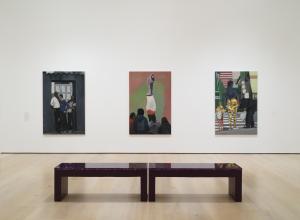
In today's world, professionals versed in art and design are in high demand, particularly those who can use their skills in both the fine arts and commercial worlds. Those looking to embark on a career in the arts have a huge range of options for their training and education. In this series, Art & Object delves into the top art schools and programs of the U.S. From public universities with state-of-the-art studios to solely arts-focused colleges with flourishing overseas programs, this list runs the gamut.
The top art programs of the Northeast, especially private and specialized schools, are some of the most expensive in America. Many of these institutions offer relatively traditional artistic training, teaching skills most suitable to an artist who will end up in galleries or auction houses. While these schools have faced difficulties over the last year or so, it seems that many used their resources to set up online exhibitions and to continue to offer career services without much, if any, delay.
Often located in or near centers of vibrant cultural and artistic life, these art schools offer invaluable exposure and enrichment opportunities to their students. Faculty members are often still actively working in the art scene and showing in prestigious galleries. And yet, despite this wealth of cultural exposure, the degree of diversity at these schools is not as high as one might expect when compared to other regions.
To determine its final rankings, Art & Object's editorial staff weighed the following factors: degree and curriculum variety, quality of school museums, school renown, tuition cost (undergraduate, graduate, etc. if applicable), employment rate, graduation rate, internship opportunities, student body diversity*, surrounding art scene, cultural opportunities, and student statements. While Art & Object has strived to craft a list in the most objective manner possible, we recognize that measures of "best" could include many other factors. With that said, here are the Art & Object selections of the best art schools in the Northeast.
You can find our rankings for the Southeast, Southwest, Midwest, and West here.




























